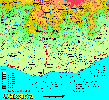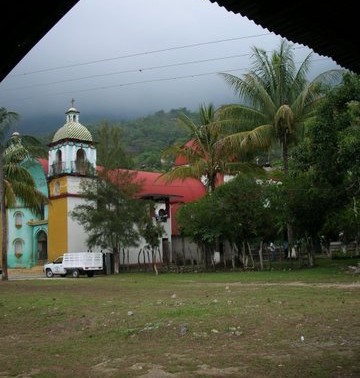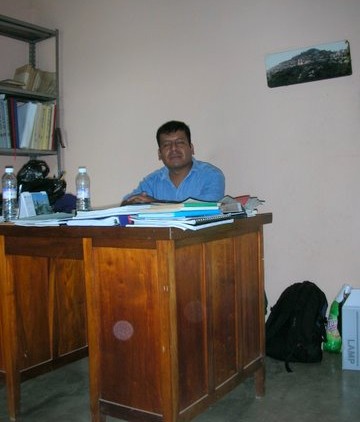Exploring Oaxaca
An excursion to San Felipe, Oaxaca, as well as Santa María Xadani and San Miguel del Puerto
by Sheila Clarke palomaspto@yahoo.com
June 2007
|

| |
Sheila Clarke, who has been teaching English in her own small language institute in Puerto Escondido since 1993, writes a monthly letter/essay for her family and friends. This year she is on sabbatical with a plan to visit parts of Oaxaca unknown to her. In her June 2007 letter she wrote about her trip to San Felipe. - tomzap
|
|
|


![]() www.tomzap.com
www.tomzap.com
![]() Tom Penick:
tom@tomzap.com
Tom Penick:
tom@tomzap.com